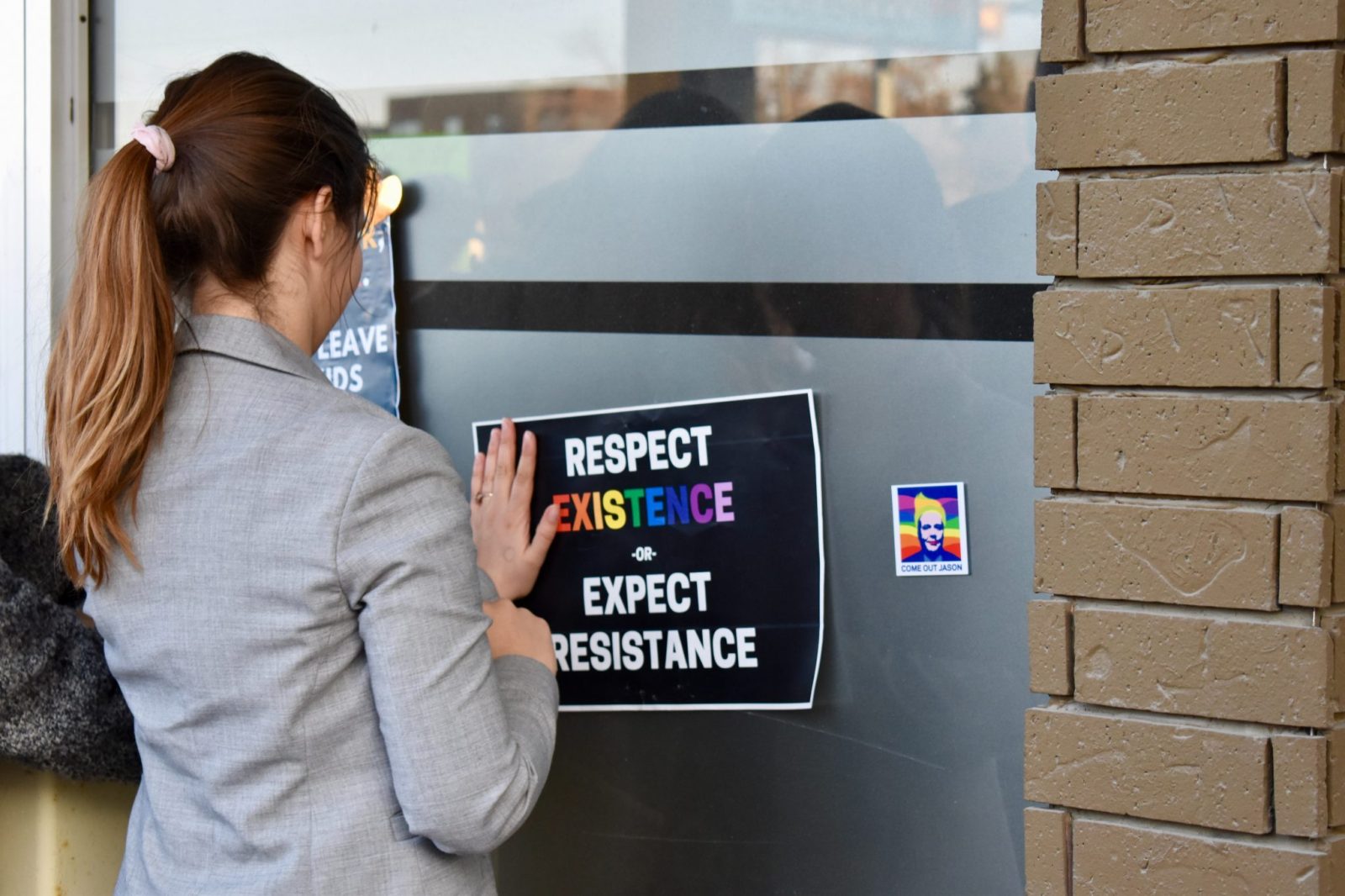
Remembering Stonewall
April 22, 2019Content Sponsored by Pomegranate Studios
The Stonewall Riots took place on June 28th, 1969 in New York City after conflicts between NYC police and the patrons of the gay bar, the Stonewall Inn. New York City had laws in place that allowed discrimination based on sexuality to hinder the LGBT people living in the area. The queer scene was forced into the shadows of places, such as Stonewall, where they could find refuge for a night.
The Stonewall Inn allowed in all of the LGBT community but was inadequately renovated and a frequently hit target of the NYPD because it was owned by the Genovese family crime syndicate. Patrons of the bar, such as Marsha P. Johnson and Sylvia Rivera, refused to be forced into dehumanizing situations by the NYPD and fought back against the mistreatment they continually had to face. The riots that took place in the early morning hours of the 28th at Stonewall are considered to be defining moments that initialized the gay rights political movement in the 1970s and on.
Fifty years ago, an uprising set off a generation of activists and became the catalyst for the modern push for LGBTQ+ rights.
There’s a good chance you weren’t taught about the Stonewall Riots in school, even though it still remains as one of the most defining moments in American history for queer people. That’s why with the 50th anniversary coming up, and the ever increasing pressure and challenges that LGBTQ+ face, it’s more important than ever to learn more about queer history and how we can move forward.
In the ‘50s and ‘60s, queer people faced even harsh legal conditions than today. Most bars at the time refused to serve queer people in any capacity and attempts for queer-owned bars were usually denied by the government or raided by police, forcing people at the time to find their own hidden places to be themselves. Seeing an opportunity, the mafia stepped in and began to open bars where queer people could congregate, while paying off the cops to leave them be.
However, those days came to an end in the early hours of June 28, 1969, when the mafia owned Stonewall Inn in the Greenwich Village neighborhood of New York City was raided by police. At the time, the Stonewall Inn was primarily catered to the poorer and more marginalized groups, such as transgender people, drag queens, male prostitutes, homeless youth and more. It was illegal to cross-dress and being gay could also get someone arrested, so when a lesbian woman fought back, she was hit by police and carried out. Before she was taken away, she yelled “Why don’t you guys do something?” which caused everyone in the bar to fight back.
The spontaneous riot grew quickly and led to over 500 people turning over cop cars, slashing tires, chanting and more as the police tried to stop the situation that developed on Christopher Street, where the Inn was. Looking back, many of the patrons at the Inn would later say that they were mostly just fed up with being treated like trash. The “street kids”, often the outcast queer people, began throwing bricks, trash cans, bottles and more at the police. The police were eventually cornered and had to call in backup to save them. Soon after reinforcements arrived, the chaotic night began to settle.
After the night was over, there would be even more protests in the coming days, with the seeds of a new civil rights movement growing fast. Word spread of the riot and more protests began. Soon, queer groups were being made to formally challenge the status quo and build queer spaces. Widespread coverage in the news showed the world that queer people were no longer going to sit and stay silent.
Fresh in their minds, queer people wanted to build on the momentum and the following year would see queer people return to Christopher Street and march as themselves. On June 28, 1970, the first pride marches were held in Los Angeles and Chicago. The next year, more American cities like Dallas and Boston joined internationally held marches in Paris, London, West Berlin, and Stockholm. Now, pride marches are celebrated in hundreds of cities around the world.
The uprising is considered to be the catalyst for the modern gay liberation movement and its legacy is felt today. Many prominent queer activist groups got their start after the Stonewall Riots and, of course, the first ever pride parade was held to remember the riots. The riots also spurned a sense of community with queer people. After Stonewall, queer people began to band together only because they were queer, to fight for queer people.
Now, 50 years later, the Stonewall Riots stand as one of the most important events in LGBTQ+ history. However, the fight for equality is still not over. Learn more about local LGBTQIA history by visiting the Coastal Bend LGBT History website.